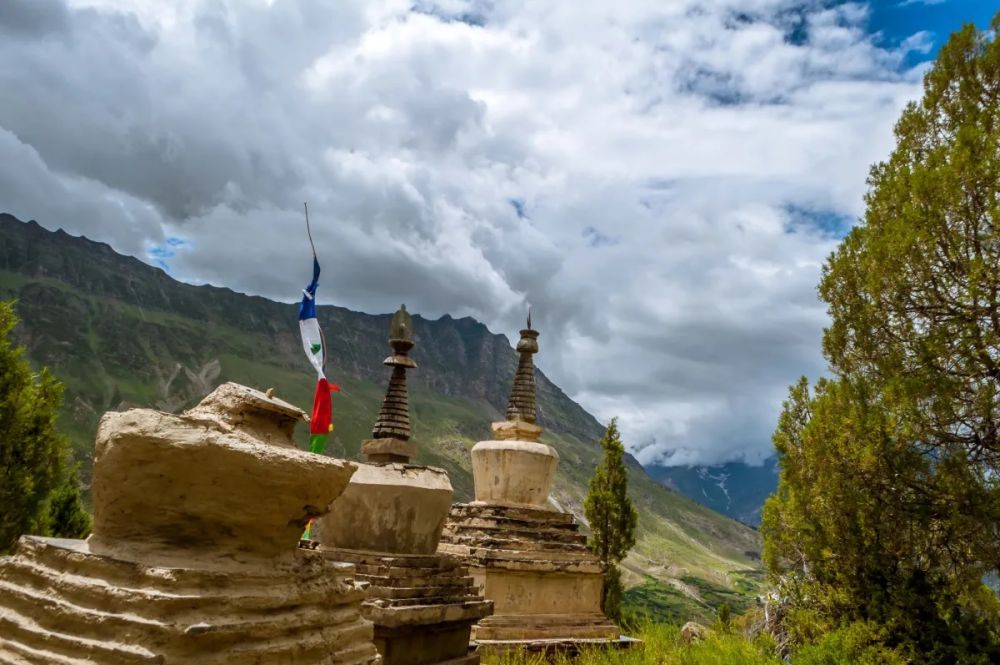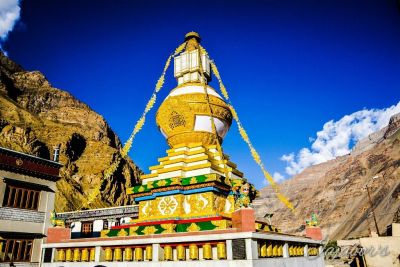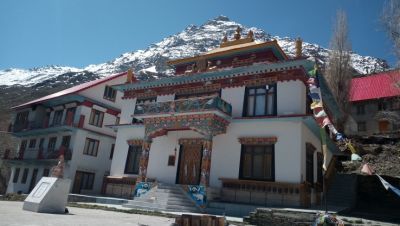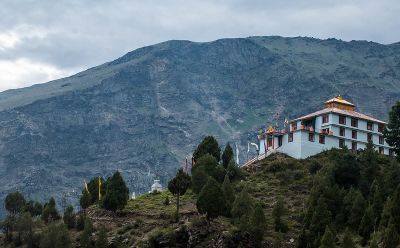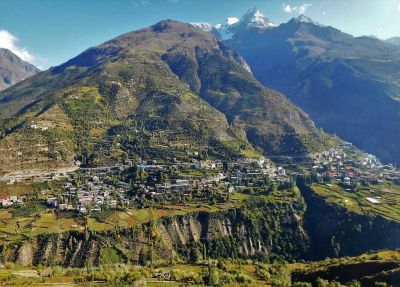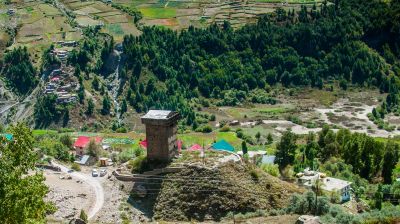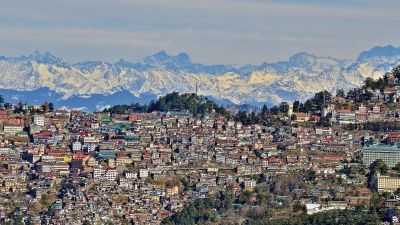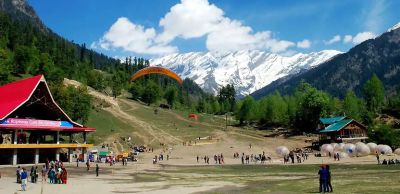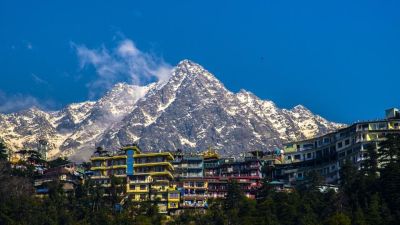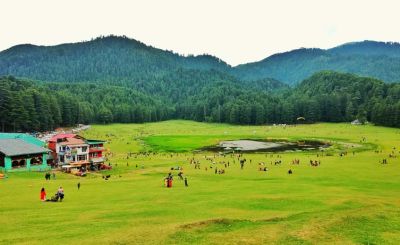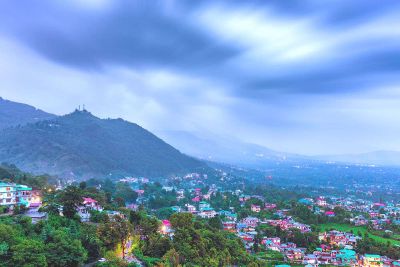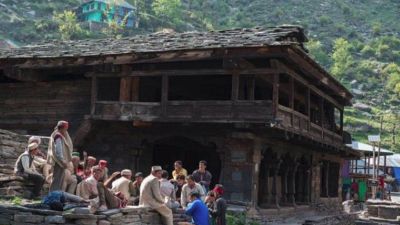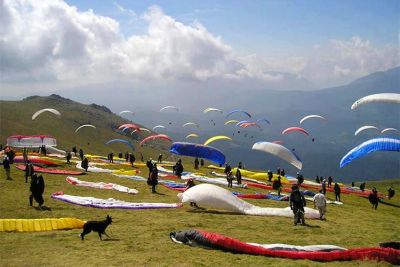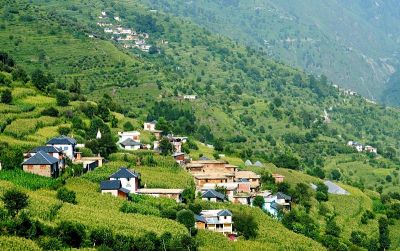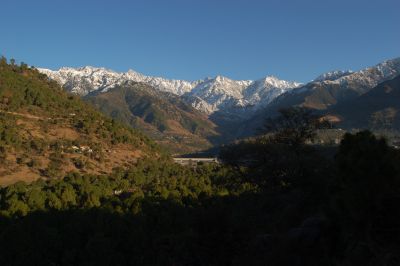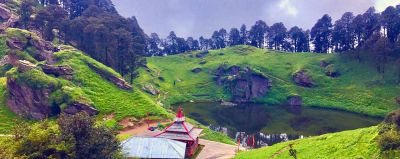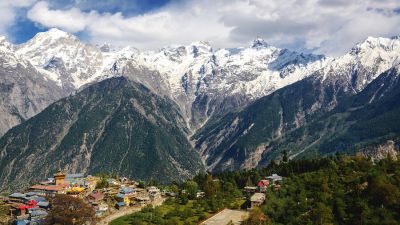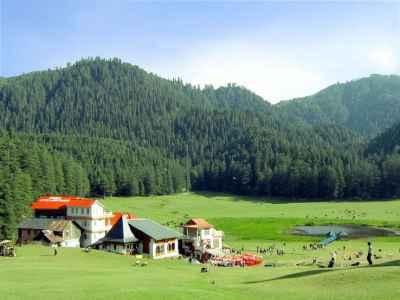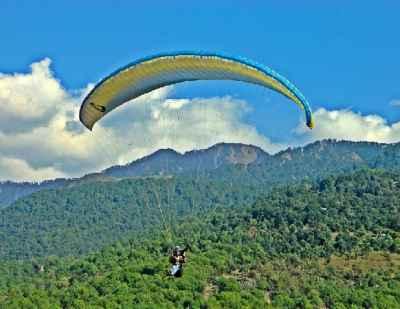History of Tayul Monastery
Nestled amidst the pristine landscapes of the Lahaul Valley in Himachal Pradesh, Tayul Monastery is a significant Buddhist monastery that has a rich history. Meaning "chosen place" in the local dialect, Tayul Monastery was established in the 17th century and has since been a vital center for spiritual learning and a repository of Buddhist culture and art. The monastery belongs to the Drukpa sect of Tibetan Buddhism and is famous for housing a 5-meter-high statue of Padmasambhava (Guru Rinpoche).
Over the centuries, Tayul Monastery has attracted pilgrims, scholars, and tourists alike, who come to delve into its serene environment and explore its rare collection of Kangyur scriptures alongside beautiful thankas and murals. Perched at an altitude of over 3900 meters, its remote location has historically made it a destination for those seeking isolation for meditation as well as an adventure for explorers.
Tourism at Tayul Monastery
The tourism history of Tayul Monastery is intertwined with the broader exploratory interests in the Buddhist culture and Himalayan landscapes that became popular among Western travelers in the mid-20th century. Initially visited by mountaineers and cultural aficionados, Tayul Monastery slowly started gaining recognition for its architectural beauty and spiritual significance.
In recent years, with improved access and infrastructure, the monastery has witnessed an increase in the number of visitors. The region has been thrust into the tourism spotlight due to the Indian government's initiative to promote Buddhist circuits as part of India's cultural heritage tourism. This has led to the development of basic amenities and facilities for tourists, making the monastery more accessible and comfortable for visitors.
Latest Tourism Trends at Tayul Monastery
Eco-tourism and sustainable travel have become significant trends at Tayul Monastery, with both the local community and tourists becoming increasingly aware of the importance of conserving the unique environment of Lahaul Valley. Visitors are encouraged to engage with the local culture respectfully and minimize their ecological footprint during their stay.
Another trend is the rise of spiritual tourism, as travelers seek personal growth and enlightenment. Tayul Monastery, with its deep spiritual roots, provides a perfect backdrop for meditation retreats and spiritual workshops, drawing in those looking to immerse themselves in the tranquility and teachings of Buddhism.
Adventure tourism is also gaining momentum, with trekkers and off-beat travelers including Tayul Monastery in their itineraries as they explore the rugged terrains of Lahaul and Spiti. The journey to the monastery itself is a thrilling experience for adventure lovers, offering stunning views and challenging terrains.
Lastly, the pursuit of Photography Tourism is on the rise, with the monastery's picturesque setting and vibrant festivals providing excellent opportunities for professional and amateur photographers to capture the essence of Himalayan culture.
